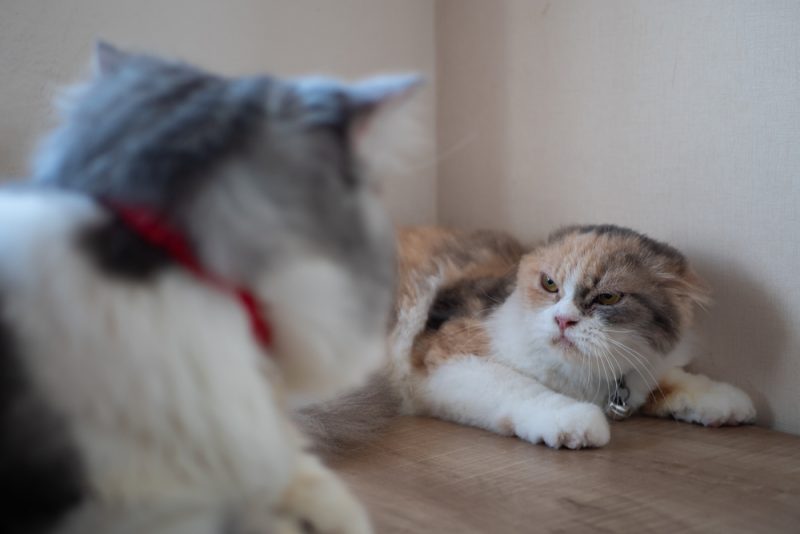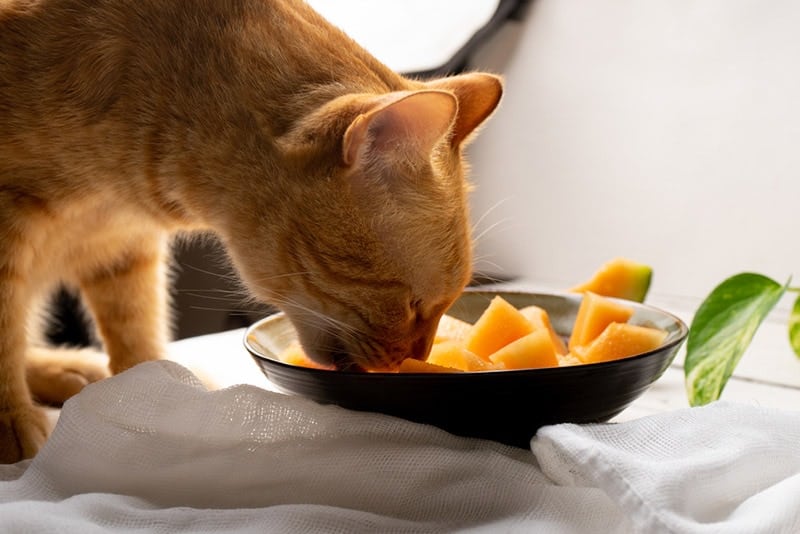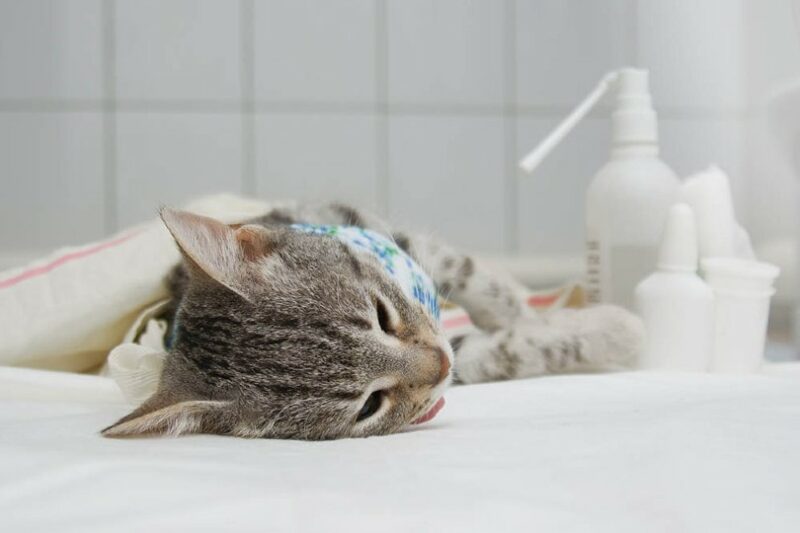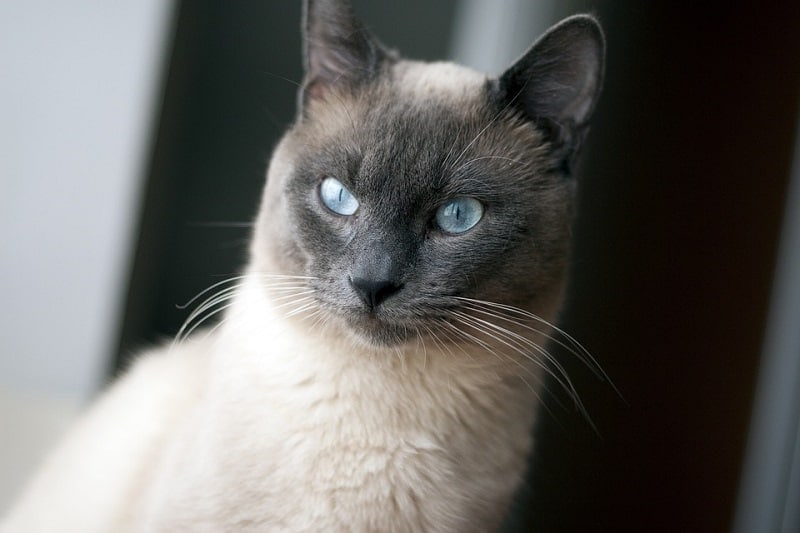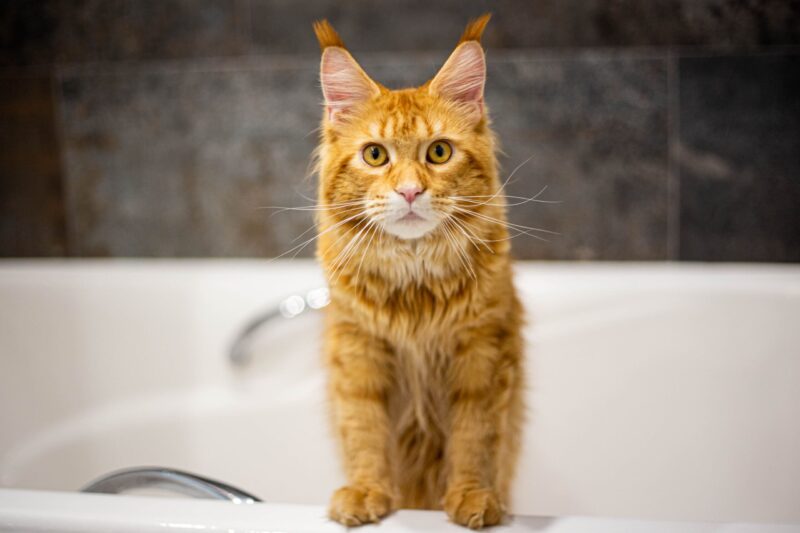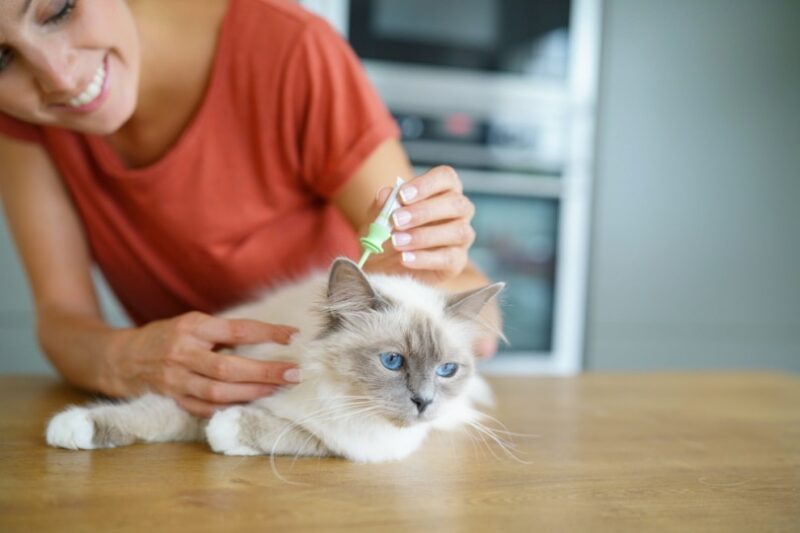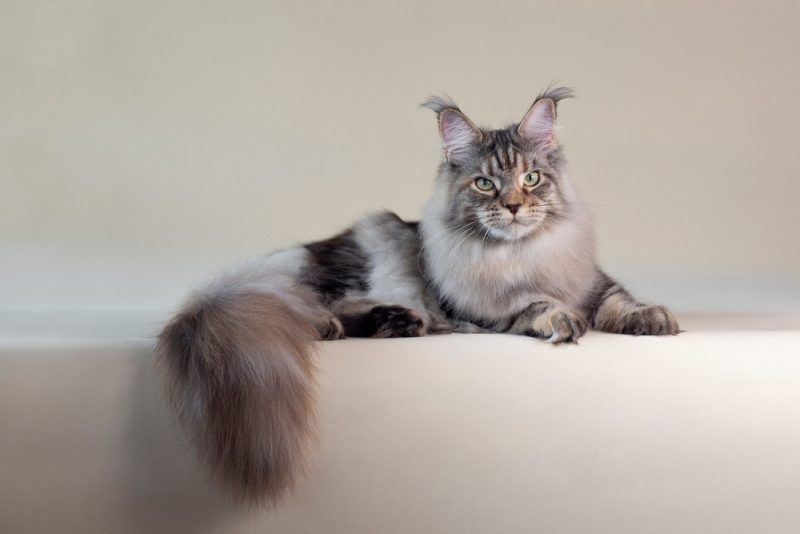Catifying your home means making it suitable for a cat or cats to live in. This means removing any potential hazards while also adding items that improve and enrich their lives. Catifying a property doesn’t have to be expensive, and it can be done in rented property as well as in your own home. You likely have some of the stuff you need already and will have a good idea of what else is required to make your home the perfect spot for a cat, too.
Below are nine ideas to help catify your home and provide the perfect environment for your feline friends.
The Top 9 Ways to Catify Your Home
1. Make Vertical Space
Most cats love to play and explore. As well as horizontal space, including room behind or under furniture, most cats love to roam upwards. Outdoors, they climb fences and walls, as well as trees and other natural obstacles, and you can recreate some of this excitement for your pet cat indoors.
Don’t be surprised to find your cat on top of the kitchen units or hanging out on top of your wardrobes. Remove anything breakable or dangerous that might be up there and, instead, replace these items with blankets, beds, and other items that your cat will love.
You can also add tall cat trees and even install some floating shelves, but make sure the shelves can take the weight of your cats if you do go down this route.
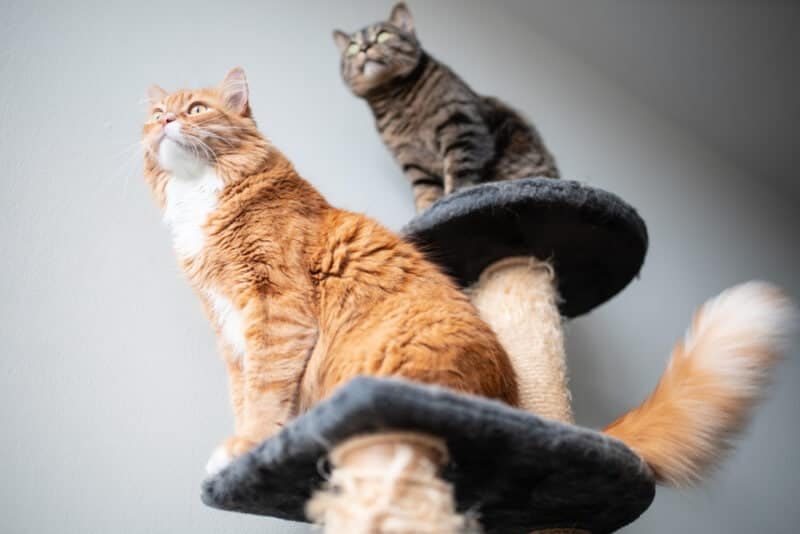
2. Avoid Toxic Plants
As well as providing enrichment and comfort for your cat, you also need to ensure that the rooms of your home are safe for your feline friend. This means removing any obvious hazards, but there are plenty of hidden hazards that you might not have considered.
Certain houseplants are toxic to cats and dogs. Consult the ASPCA list of toxic and non-toxic plants for cats before purchasing any. Check the plant’s scientific names as well, as some may have the same or a very similar name, and it can be easy to mistake toxic plants for safe ones. Some toxic plants that are commonly found in people’s homes include:
- Aloe vera
- Lilies – asiatic lily, Easter lily, stargazer lily, oriental lily, daylilies, peace lily
- Tulips (Tulipa species)
- Sago palm (Zamia pumila)
- Azalea (Rhododendron species)
- Yucca (Yuca species)
Some of these plants might cause mild reactions, while others can be quite severe, even deadly. Lilies are one of the most poisonous plants for cats; even inhaling the pollen, drinking the plant’s water, or nibbling at any part of the plant may lead to irreversible and severe acute damage to the kidneys. Sago palm is another very dangerous plant for cats, and even a small amount can prove deadly.
While your cats might ignore some of the toxic plants in your home, you can’t rely on this. They are curious creatures, and one way they investigate items is to lick and eat them. The safest bet is to remove anything toxic from your home, as it’s just not worth the risk.

3. Put Cleaners & Toxic Foods Away
And it isn’t just plants you need to look out for. Most cats will balk at the smell of bleach, but that isn’t necessarily true of them all. Ensure that the bleach and other cleaning products you use are stored safely out of the way, ideally in a closed cupboard that your cat cannot access.
Even some seemingly innocuous substances can be dangerous for cats. All essential oils, including diffuser oils, for example, can be life-threatening, as cats lack the enzymes necessary to metabolize these compounds.
You will also have to take extra care around the kitchen, and should keep foods like garlic, onion, caffeine, alcohol, chocolate, or raw dough out of the way.
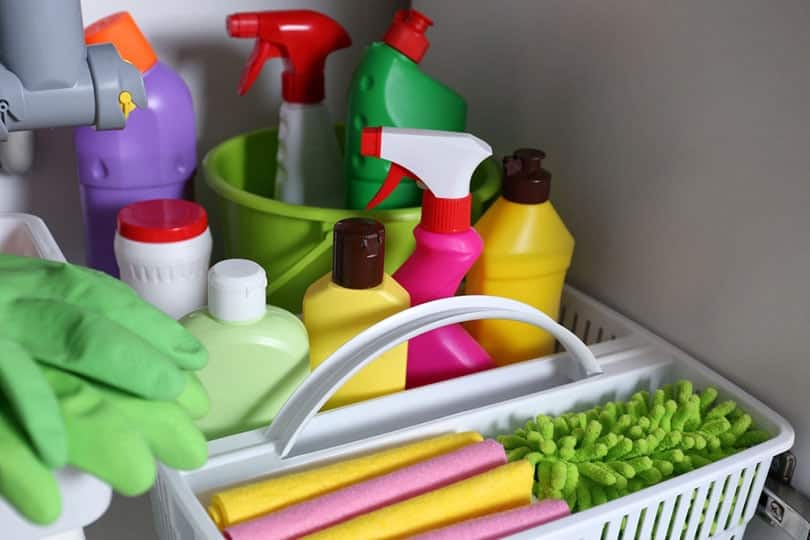
4. Give Them a Window View
Cats really are inquisitive and curious creatures. They like to investigate everything. That not only includes what is happening indoors but also what is going on outside their home. A window seat is the feline equivalent of TV viewing, and that’s why you often see cats sitting on the windowsill watching the world go by.
Place a cat tree next to a window or ensure that the windowsills are clear for both of your sakes.
You can also get cat beds that sit over a radiator, which gives your cat a good view through the window and lets them curl up in one of the warmer spots in the house.
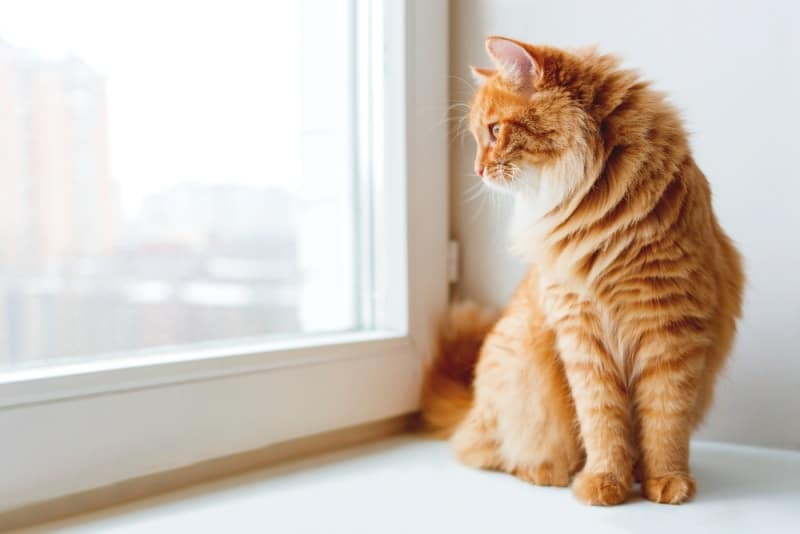
5. Cat Scratching Posts and Pads
Cats naturally need to scratch. It helps maintain claws and paws, but it also acts as stress relief, and it offers a means of communication. Outdoors, cats will scratch trees, fences, and other objects. Indoors, if you don’t give them somewhere appropriate to scratch, they will make their own scratching areas, and these usually consist of furniture, carpets, and even walls.
You should have a couple of scratching posts in the house. If you don’t have room for posts, you can get scratching pads that attach to the wall, scratching covers that go over the arms of chairs, or scratch mats that sit on the floor. Give a good variety and ensure that they are placed in different areas around the house.
If you do find your cat is scratching furniture, place one of the scratching posts near the furniture and encourage them to use that instead. Most cats instinctively know what to do when faced with a scratching post, but you can try adding catnip to one if you need to encourage your kitty to try using it.
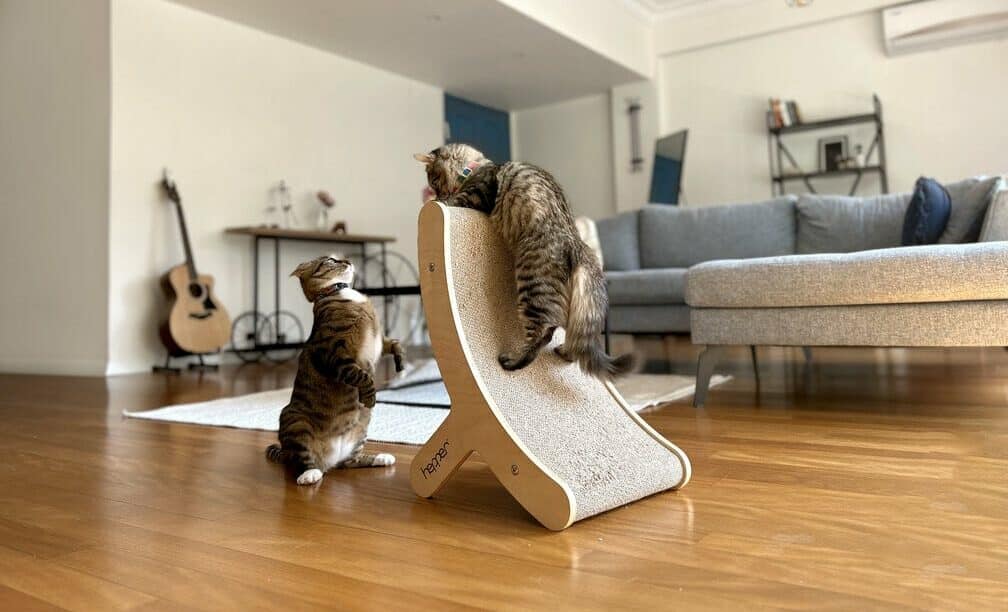
6. Get Them Beds and Hides
As well as being sun-loving, heat-loving, nosey animals, cats can also be very solitary. Even the most sociable feline enjoys having their own space and a little time out of the hustle and bustle of family life. That’s one of the reasons you’ll find them hidden amongst the washing or in tiny spaces.
While you can’t necessarily dictate where your cat will relax, you can give them ideas and hope they take to your suggestions. Cat caves, donuts, and other styles of cat beds in high heights make great spots for relaxing. Try putting one in your living room so your cat can hide while still being close enough to listen to what’s going on.
Put another on top of the wardrobe in your bedroom so they can escape whenever they feel like it. Alternatively, get the bed ready and then determine your cat’s favorite spot and put the bed there when the spot has been claimed.
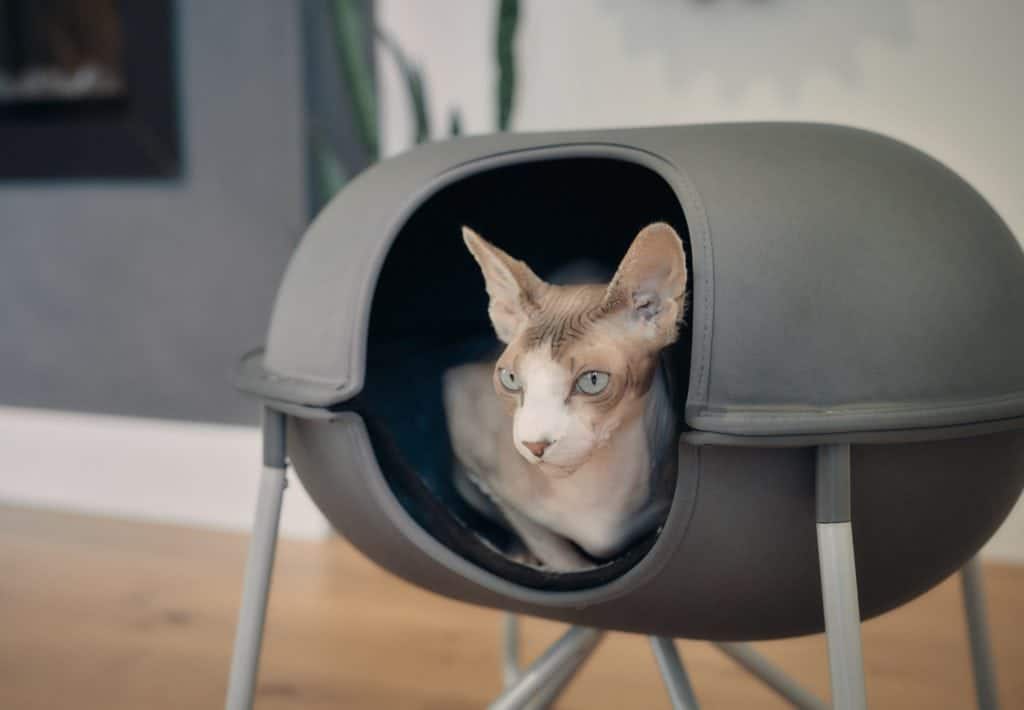
7. Add Litter Boxes
Cats need litter boxes, even if they regularly go outdoors. Yes, this means you will have to pick up poop and scoop clumped litter. It might even mean some cat litter pieces tracked through the house, but it also means you won’t find nasty surprises hidden in dark spots under the couch.
It is highly recommended to have one cat litter tray per cat, plus one extra. They should be put in different rooms, but they should be in quiet areas, and you will need to keep them clean because some cats will refuse to use dirty trays.

8. Provide a Feeding Area
Cats can be nervous eaters who will stop munching if they see any movement or hear any noise. As such, they benefit from having a relaxed and quiet environment where they can eat without any stress. Don’t put the food bowl in the playroom or too close to a window or a door, for example.
If you can put the bowls on top of a unit, that is ideal for most cats. You must make sure your cat has ongoing access to a bowl of fresh water. Offer plenty of water bowls or consider a water fountain if you want to encourage them to drink more. Ensure the water is not too close to the litter tray because this can put your cat off drinking the contents.

9. Consider Cat Doors
There is a lot of debate over whether cats should be kept solely indoors or given access to the outdoors. If you decide to have an outdoor space for your indoor cat, you could consider getting a cat door.
A cat door lets your cat roam in and out whenever they want, which means they will enjoy the fresh air and have the option of playing outdoors. If your kitty goes outside, most cat doors allow you to lock and unlock them when you want, so you can control access. Some will only open for your cat by reading their microchip, so that you can prevent other cats from entering your home.
For indoor-outdoor cats, ensure they have a microchip in case they ever get lost. They should be neutered in order to reduce their roaming needs, the probability of fighting with other cats, and contracting various diseases. Before letting your cat out, also consider the negative impact they have on local wildlife, particularly rodents and wild birds. The only real way you can keep your cat safe is to keep them indoors. Alternatively, build them a secure catio or train them to walk on a harness and a lead, as there are safer ways to enjoy the outdoors than just letting them roam freely.
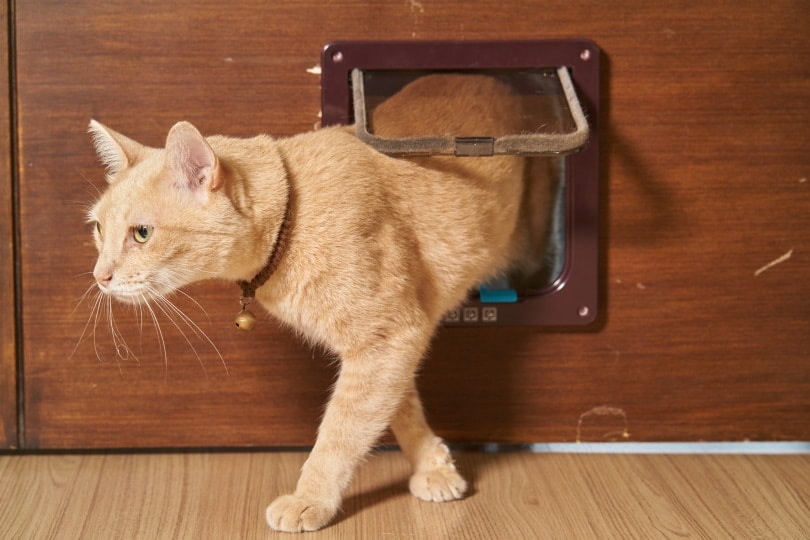
Conclusion
Bringing a cat home is an exciting time for the whole family, but it does require some preparation. As well as scheduling regular veterinary health checks, purchasing pet insurance, and choosing the right name, you will also need to catify your home. This means removing any potential hazards and providing items that will enrich and improve your cat’s life, make them comfortable, and ensure they settle in well. Cats can be quite choosy, however, so be prepared to move everything around and for the upset of buying a new bed and having your cat ignore it for the first few months of ownership.
Featured Image Credit: Aquarius Studio, Shutterstock







